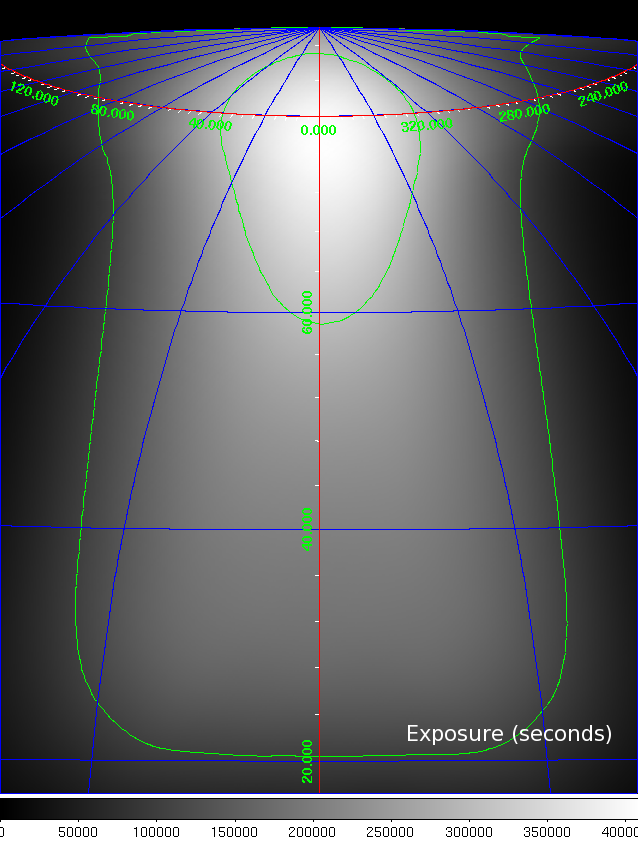Proposal Details - 0920002
Probing relativistic electrons in the Galaxy and its halo (Strong)
Proposal Abstract
This is a confirmatory resubmission of the AO7 proposal 0720003, requesting a completion of the programme as described in the original proposal. Recently, significant advances have been made in understanding the diffuse Galactic continuum emission observed by SPI on INTEGRAL. The hard power-law component has been identified with inverse-Compton emission from relativistic (GeV) electrons on the cosmic microwave background and Galactic infrared radiation field. The observed intensity is in good agreement with detailed predictions from the GALPROP model, which accounts for both primary and secondary electrons and positrons. It is proposed to exploit this with INTEGRAL to obtain a probe of the distribution of cosmic-ray electrons in the Galaxy, in particular in the Galactic halo seen at high latitudes. To this end a multi-year scan is proposed, covering a wide latitude range in the inner Galaxy, significantly deepening the exposure over what is currently available. The decreasing background due to the solar cycle will improve the signal-to-noise over that for the INTEGRAL mission so far. The results will have implications for Fermi-LAT which is now in operation - taken together the data from the two missions will constrain the cosmic-ray electron spectrum at GeV energies and help to give an unambiguous decomposition of the diffuse gamma-ray sky.
Observation Strategy (Recommended by TAC)
Total of 1.6 Ms performed as scans at l=0, 10, 20, -10, and -20; each scan is from b=+20 to +90, using a 2 degree step size. There are 4 individual scans for each l, for a total of 320 ksec. For each scan, the longitude will be randomized within +/-1 degree.
Proposal grade: B
Data Rights (Recommended by TAC)
The TAC granted data rights for diffuse emission (hard X-ray, and soft gamma-ray continua).
Exposure Map
The exposure maps are in galactic coordinates using the Aitoff projection and units of seconds, and the colour scale is indicated at the bottom. The green lines provide the 100, 300 and 500 ksec contour.
